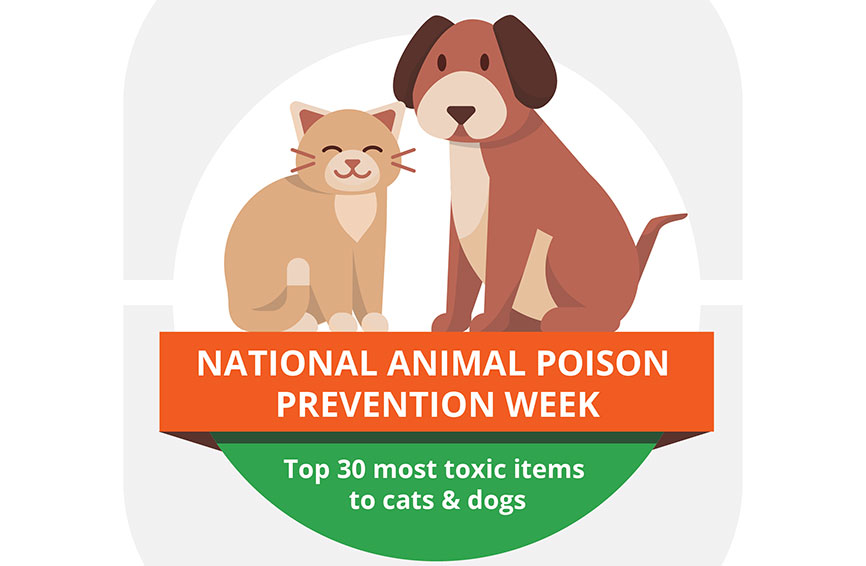Table of Contents
Key Takeaways
- Cats can break bones with the most common fractures occurring in the femur, pelvis, jaw, and tail.
- If your cat shows signs of a fracture, such as limping or refusing to bear weight on a leg, then seek veterinary care as soon as possible.
- Realignment of a bone may require splints, pins, casts, plates, screws, or surgery.
We often think of cats as tiny, graceful predators, delicate and light on their feet, but unfortunately, kitties can get into just as many predicaments as a dog. From a high fall to car accidents, attacks by other animals to carelessness, cats can break bones. PetMD says that the bones most commonly broken (or fractured) are the femur, pelvis, jaw, and tail.
Healthy Paws customer Kaitlyn is familiar with this first hand. “About a month ago I finally put my Healthy Paws policy to the test. I came home to find one of our cats, Sarge, had broken his foot,” says pet parent Kaitlyn. “I’m still a bit clueless as to how he did it, but my vet and surgical specialist both recommended corrective surgery.” Kaitlyn received the estimate for the surgery and immediately called Healthy Paws. “I spoke to a very compassionate person who was patient with me while I listed off everything the surgeon was going to charge me for and she confirmed everything would be covered!”
Signs of a Fracture
Trauma on a bone can cause it to crack or fully snap. Age and arthritis have a lot to do with the likelihood of a fracture – simply put, a cat with arthritis might have weaker bones and cannot withstand the same pressure as a full-grown youthful cat. The primary signs of a cat with a fracture or broken bone include the following:
- Traditional signs of pain: hiding, or crying, howling, or growling, especially if touched
- Not walking, or not using a limb or tail, limping
- Not eating or unable to use the litter box, neglect of grooming
- Swelling or bruising at the injured area
- Protruding bone or abnormal limb, tail or torso shape
If you think your cat has suffered a fracture, see your vet immediately. Never assume a fracture will heal on its own.
Classifications of Fractures
There are different types of fractures, depending on how the bone is broken. Each version needs veterinary attention:
Fractures are classified based on their location, severity, and pattern.
- Locations on the bone: articular, physeal, epiphyseal, metaphyseal, diaphyseal
- Severity: complete, incomplete, comminuted (multiple fragments), segmental (two or more separate fractures)
- Fracture patterns (which describe how the bone is broken): transverse, oblique, spiral, avulsion, Salter-Harris (growth plate fractures in young animals)

Diagnosing a Kitten’s Fracture
If your cat experienced an injury or shows signs of a fracture, such as limping or refusing to bear weight on a leg, then it’s important to seek veterinary care as soon as possible. At your vet visit, your veterinarian will complete a physical examination and may conduct X-rays if a fracture is suspected.
Treatment of Fractures
Depending on the location and type of fracture, realignment may be achieved through splints, pins, casts, plates, and/or screws may be used. Surgery is sometimes required for more tricky fractures, and pain medication may be prescribed by your vet. Healthy Paws policy provides coverage for fractures that occur after your pet’s 15 day waiting period, and the claims process is easy! After Sarge’s ordeal, Kaitlyn used the mobile app to upload a photo of the $3,968 invoice and was reimbursed $3,321 about 10 days later. “About a week after the claims were finalized I received an email from Healthy Paws asking how my cat was recovering which I thought was such a wonderful, personal touch.” And we’re happy to report that Sarge has since returned to his playful, mischievous ways, but without any new broken bones!
Recovering from a Fracture
Your veterinarian will provide advice specific to your cat’s situation, but it’s important to keep activity levels low for a cat recovering from an injury. For highly rambunctious kittens, this may involve keeping them in a crate when you aren’t able to supervise them. Don’t allow them to jump or climb, and make sure their cast stays clean and dry. And, of course, give your kitty plenty of love and snuggles to help them through this time.
Preventing Kitten Injuries
Certain activities and circumstances put kittens at a greater risk for injury, so it’s important to take these into consideration to help keep them as safe as possible.
- Be cautious about playtime: For very small, young kittens, playing with a larger, adult pet can lead to injury.
- Keep them off high furniture: Falling from the top of a couch or tall dresser can lead to injury. Supervise your kitten during their youthful exploring stage to keep them from trouble.
- Close windows: Balconies and open windows pose another risk of falling, so be sure your kitten is safely contained inside your home.
No matter how much you try to protect your cat, they can still get injured, both indoors and outside. Knowing and recognizing the symptoms of common injuries and illnesses helps to prepare a pet parent, and signing up to protect your pet with pet health insurance is one of the best things you can do (both for your pet and for your wallet!). Start by getting a free quote today.
The content is not intended to be a substitute for professional veterinarian advice, diagnosis, or treatment. Always seek the advice of your veterinarian or other qualified health provider with any questions you may have regarding a medical diagnosis, condition, or treatment options.








